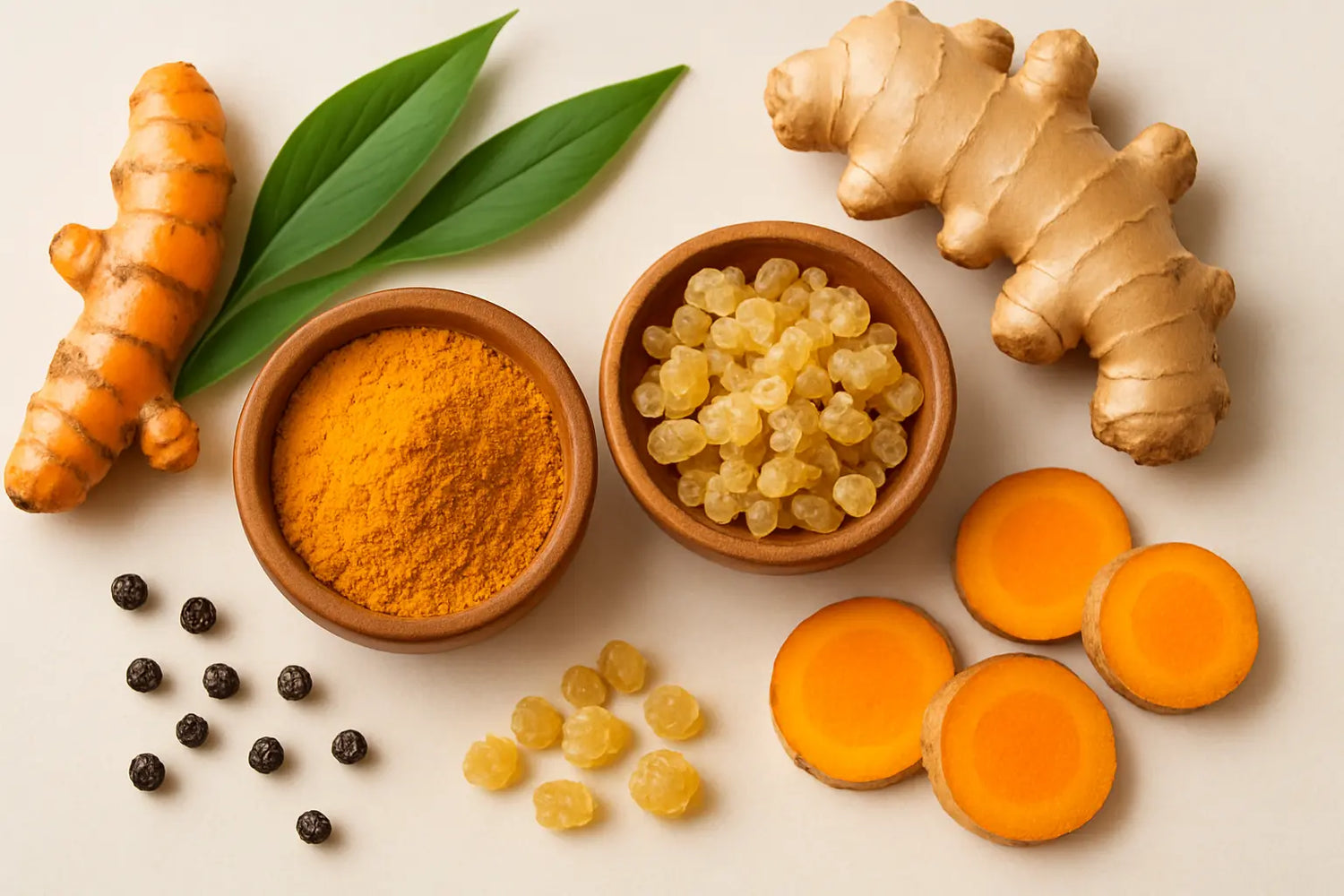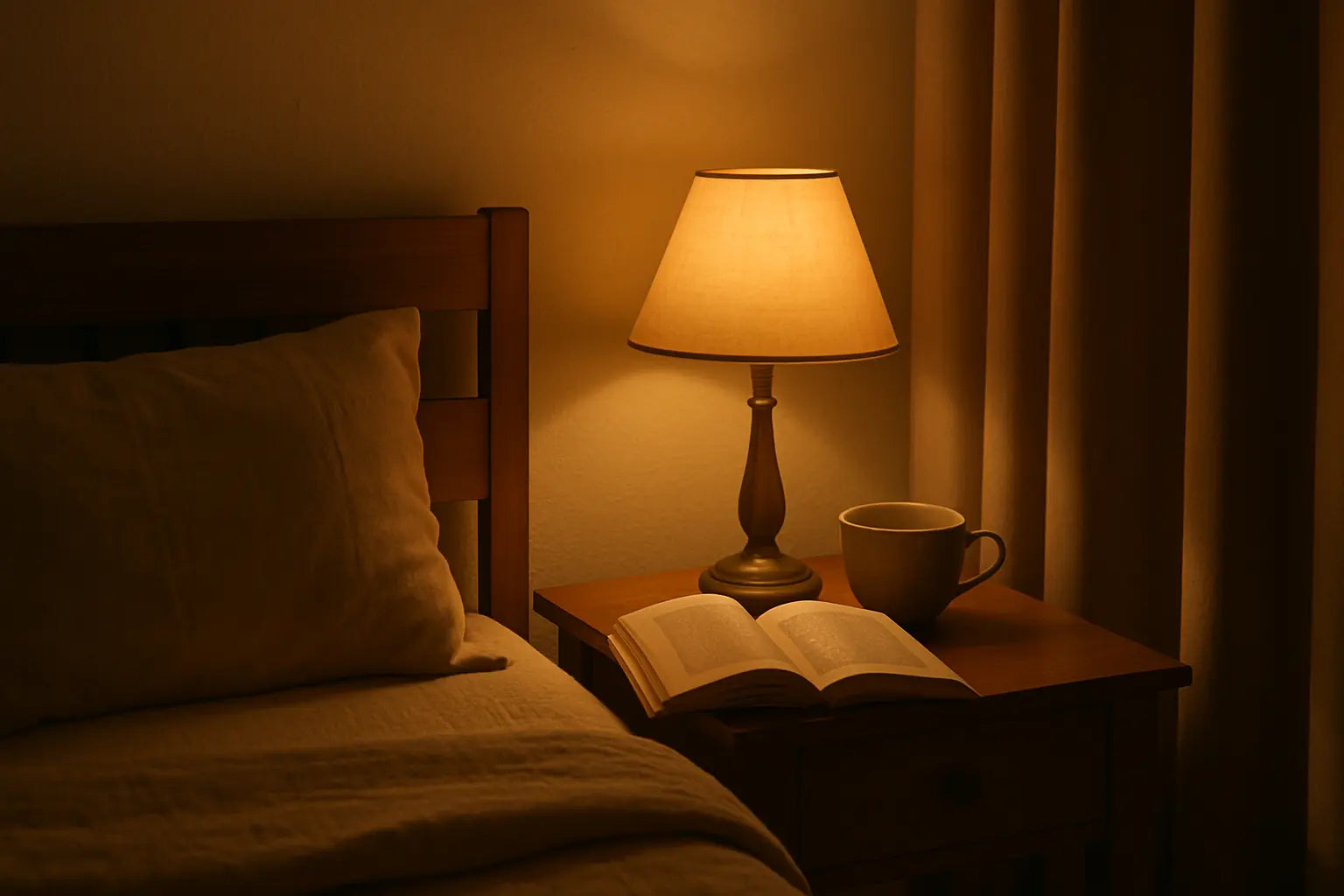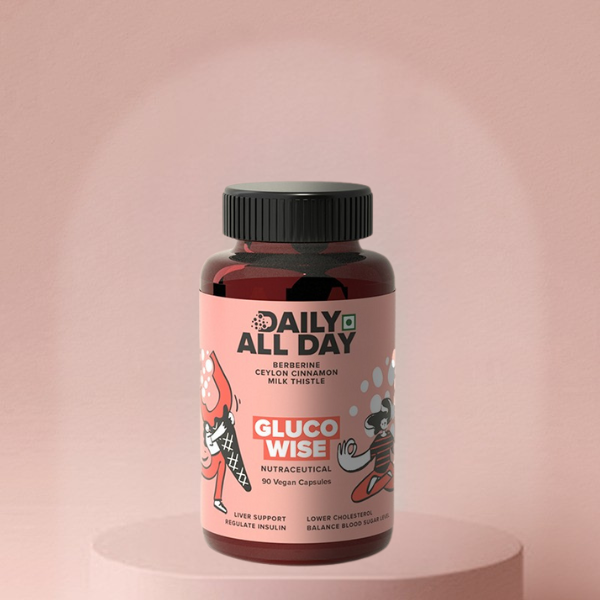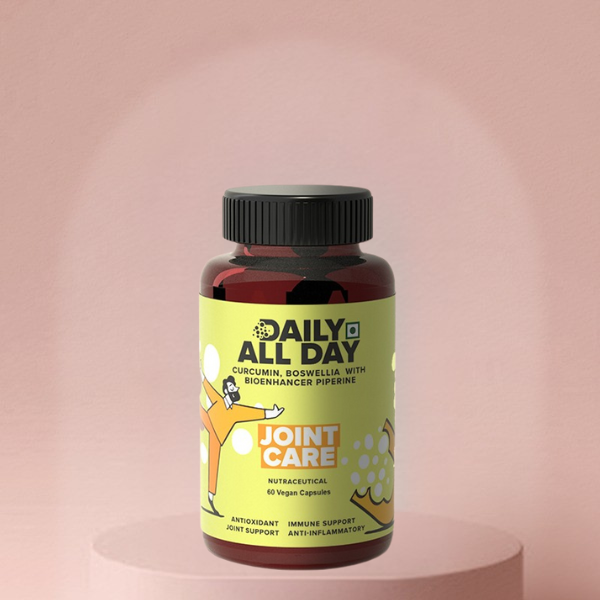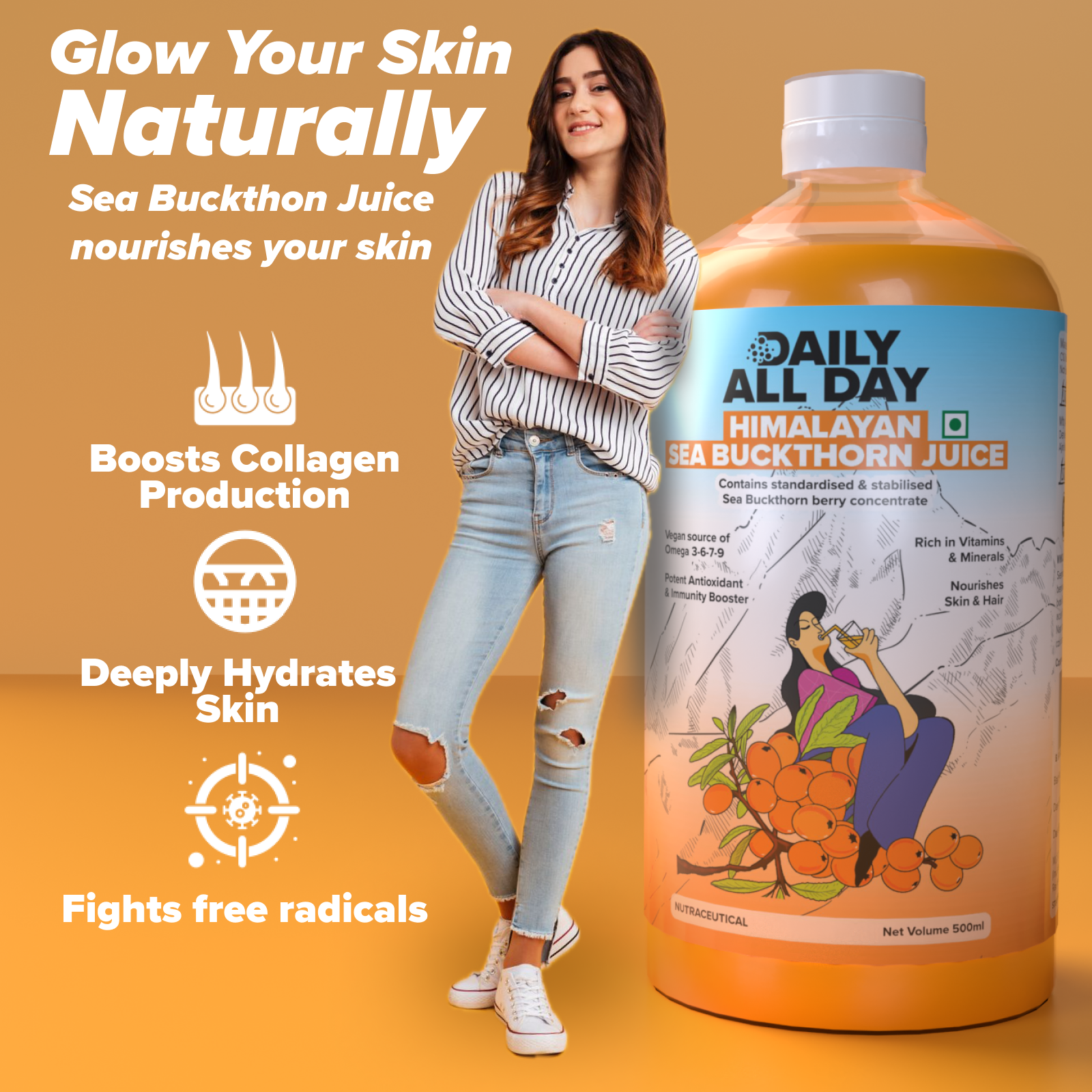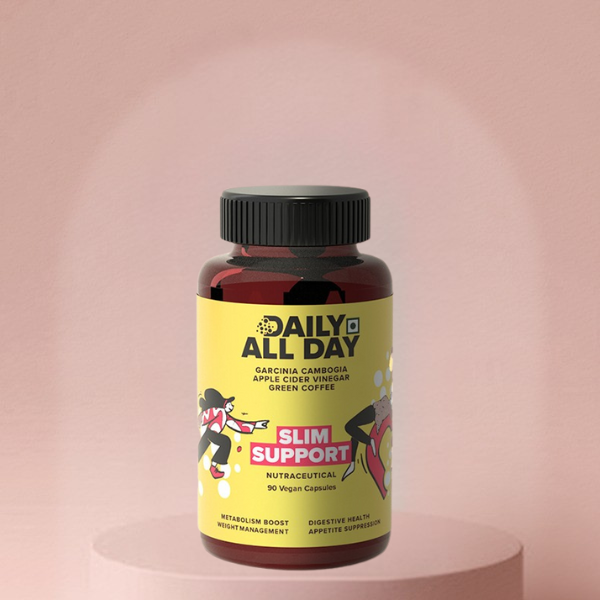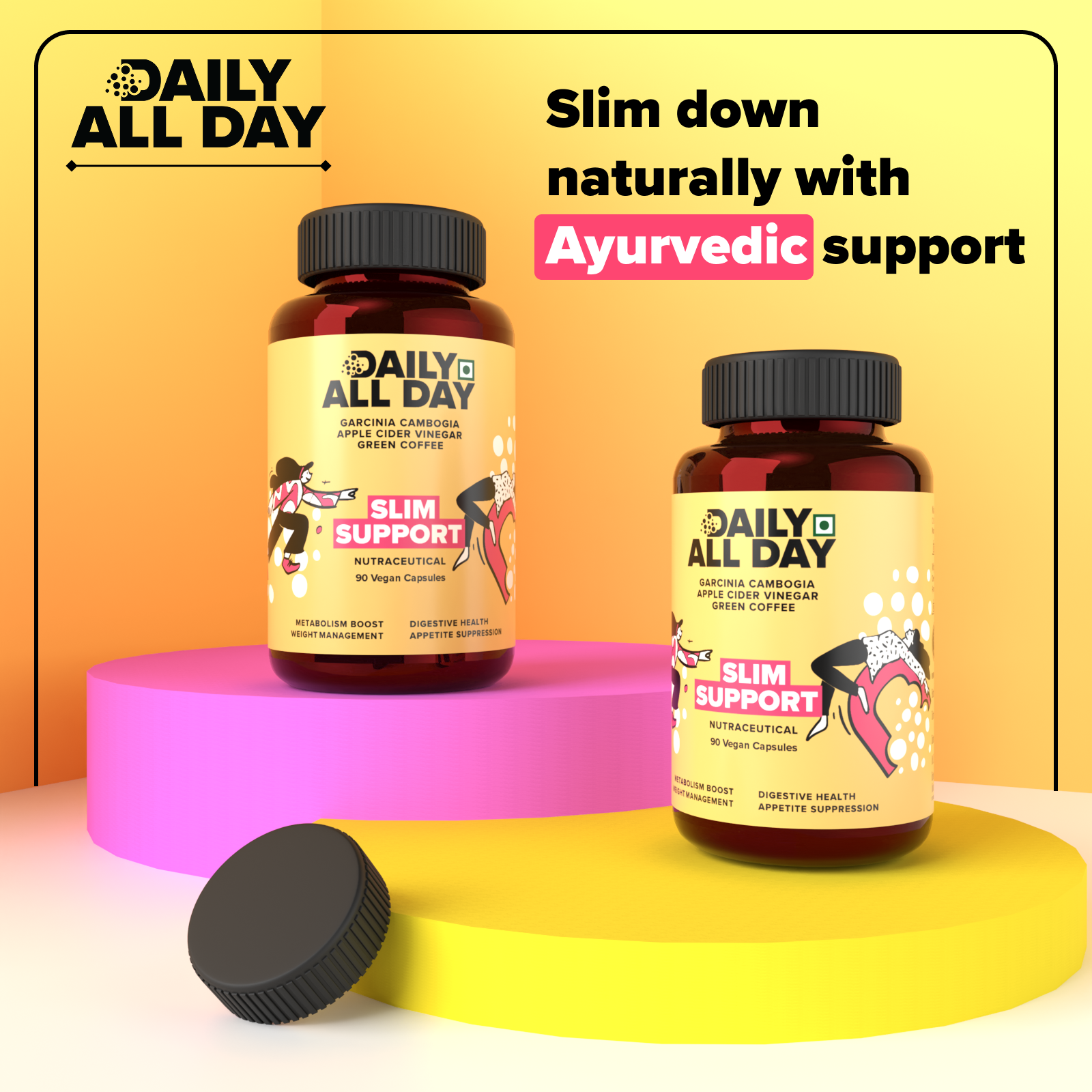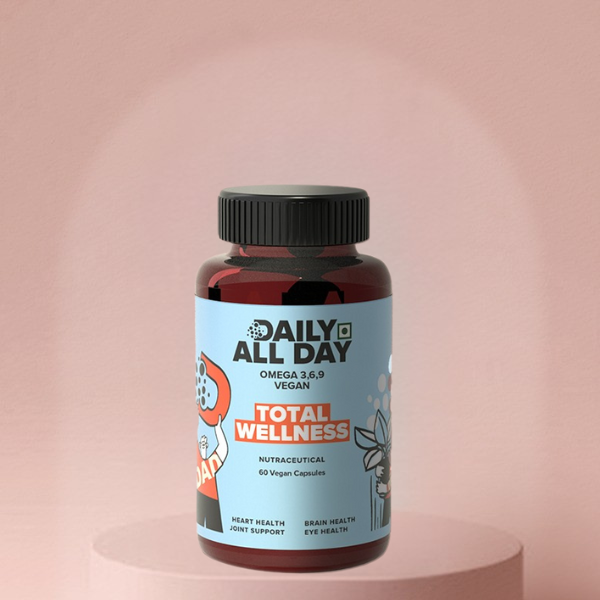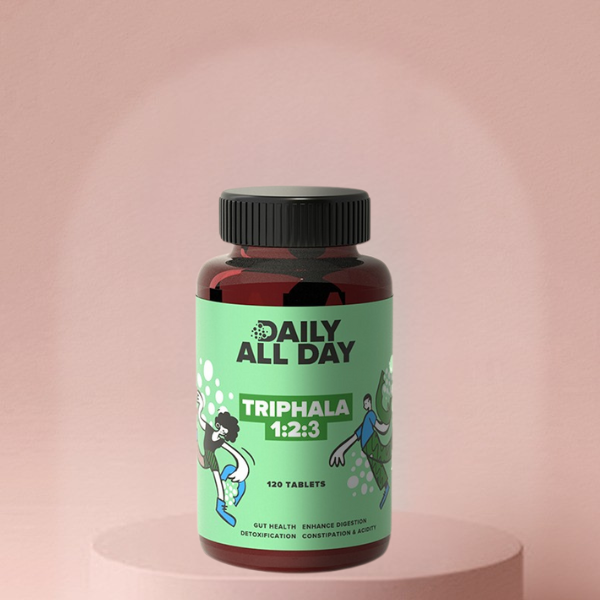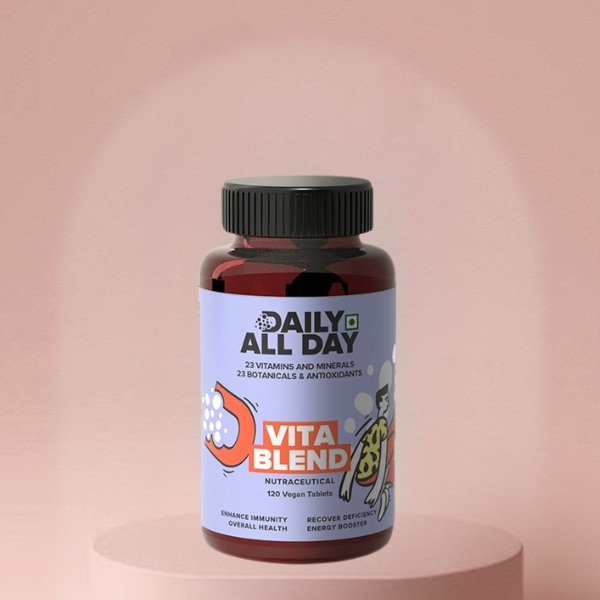Imagine this: it’s a perfect sunny day, the grass is lush and green, and your first instinct is to kick off your shoes and feel the cool blades between your toes. It feels natural, freeing, and simple. Many of us love that direct connection to the earth. But what if that simple pleasure is hiding some not-so-simple dangers? Before you decide to go completely bare, it’s important to understand the hidden dangers of walking barefoot and how they can affect your feet and overall health.
Table of Contents
- Why Going Barefoot Can Be Risky Business
- What the Community Thinks: Insights from Quora
- Smarter Ways to Walk: Protection Meets Freedom
- Nourishing Your Foundation: Support from Within
- Ingredients Deep Dive
- Frequently Asked Questions
Why Going Barefoot Can Be Risky Business
While the idea of earthing or grounding is popular, our modern environments are very different from the soft, natural landscapes our ancestors walked on. Here’s a look at the real-world risks you face without shoes.

1. The World of Hidden Hazards
The ground is full of surprises, and not always good ones. When you walk barefoot, you’re exposing the sensitive skin on your feet to all sorts of sharp objects.
- Cuts and Puncture Wounds: Stepping on a piece of broken glass, a sharp rock, a splinter, or even a forgotten nail can cause deep, painful wounds. These injuries are not only painful but can also lead to serious infections if not cleaned properly.
- Hard Surfaces and Bruising: Even walking indoors on hardwood or tile floors without any cushioning can be tough on your feet. The constant impact can lead to bruising and stress on the bones and joints of your feet.
2. Infections from Invisible Invaders
Your skin is a great barrier, but any tiny cut or scrape can become an open door for bacteria, fungi, and viruses. Public places like parks, pools, and locker rooms are breeding grounds for these germs.
- Fungal Infections: Conditions like Athlete's Foot and toenail fungus thrive in warm, moist environments and can be easily picked up by bare feet.
- Bacterial Infections: If you get a cut, bacteria from the soil or dirty surfaces can enter the wound, potentially leading to a serious infection like cellulitis.
- Plantar Warts: These are caused by the HPV virus, which can enter your skin through small cuts on the bottom of your feet. They can be painful and difficult to get rid of.
3. Structural Strain and Pain
Our feet are complex structures designed to support our entire body weight. Most modern shoes are designed to provide support, especially for the arch. When you walk barefoot on hard, flat surfaces, you lose that support.
- Plantar Fasciitis: This is a common condition where the thick band of tissue on the bottom of your foot (the plantar fascia) becomes inflamed, causing sharp heel pain. Walking barefoot can make it much worse.
- Tendonitis and Stress Fractures: The lack of cushioning puts extra stress on your tendons and bones, which can lead to inflammation (tendonitis) or tiny cracks in the bones (stress fractures) over time. This can cause significant joint and knee pain.
What the Community Thinks: Insights from Quora
The debate about walking barefoot is lively online. Many people share their experiences and opinions on platforms like Quora, highlighting both the risks and the perceived benefits. Here’s what they have to say:
- On Potential Dangers: Many users point out the obvious risks. One user on Quora mentions, "The obvious ones in walking barefoot are stepping on a sharp or hidden object that can do damage to the soles of your feet." This is a common concern, emphasizing that unseen hazards are a major drawback. Read more here.
- On Increased Awareness: Interestingly, some argue that being barefoot makes you more careful. A comment suggests, "Indeed, walking barefoot means you are much more alert and aware of your environment and far less likely to step on something dangerous." This perspective proposes that the lack of protection heightens your senses. Explore this view.
- On Infections and Hygiene: The risk of infection is a hot topic. One response clarifies, "...walking barefoot outdoors carries specific, manageable risks (injury, infection, environmental exposure...)." People with certain health conditions, like diabetes or poor circulation, are strongly advised against it. See the full discussion.
- On Germs vs. Shoes: A counter-argument suggests that shoes might be dirtier. "Any person is far less likely to have germs and bacteria on their feet if they are barefoot than if they are wearing shoes," one user claims, although this doesn't negate the risk of picking up harmful pathogens from the ground. Find out more.
- On Physical Changes: Long-term barefoot walking can change your feet. A user describes how feet can "broaden slightly, your toes may have spread a little, the soles of your feet will have developed calluses...and your foot muscles will have developed and got stronger." This highlights the adaptive nature of our feet. Read the take on this.
Smarter Ways to Walk: Protection Meets Freedom
If you love the barefoot feeling but want to avoid the risks, you're in luck! There are great alternatives that give you the best of both worlds.
- Minimalist Shoes: These shoes are designed with thin, flexible soles to mimic the feeling of being barefoot while still offering a protective layer against sharp objects and germs.
- Barefoot Socks: A growing trend, "barefoot socks" are durable, cut-resistant socks that you can wear outdoors. They give you a true barefoot feel with an essential layer of safety.
- Supportive Sandals: Ditch the flimsy flip-flops and choose sandals that have proper arch support and a cushioned footbed. They are perfect for casual walks and keep your feet protected.
Nourishing Your Foundation: Support from Within
Protecting your feet on the outside is only half the battle. If you're active, or if you've experienced joint pain from walking without proper support, it's important to support your body from the inside out. A healthy lifestyle, combined with the right supplements, can make a huge difference.

For Aching Joints and Inflammation
The strain from walking on hard surfaces can lead to inflammation and pain in your feet, knees, and back. Our Daily All Day Joint Care is formulated to address these issues head-on. It's a natural, vegetarian-friendly way to reduce pain and support your joints so you can stay active and comfortable.
For Overall Wellness and Weight Management
An active lifestyle is a key part of staying healthy. To support your fitness goals, it's important to maintain a healthy weight and metabolism. Our Daily All Day Slim Support is a holistic blend of natural ingredients designed to help burn fat, suppress appetite, and boost your metabolism. It’s a great companion for anyone looking to manage their weight as part of a healthy diet and exercise routine.
Ingredients Deep Dive
Daily All Day Joint Care
- Turmeric Root Extract (Curcumin): This golden spice is a powerhouse anti-inflammatory. It helps reduce the swelling and pain in joints that can come from overuse or conditions like arthritis.
- Boswellia Serrata: Also known as Indian frankincense, this herb is fantastic for reducing inflammation and has been shown to help protect cartilage, the cushion in your joints.
- Piperine (Black Pepper): This is the secret ingredient! Piperine dramatically increases your body's ability to absorb curcumin, making the turmeric far more effective.
Daily All Day Slim Support
- Garcinia Cambogia & Green Coffee Beans: These ingredients are famous for their role in weight management. They help to burn fat and boost your metabolism, turning your body into a more efficient calorie-burning machine.
- Green Tea & Methi (Fenugreek): Both are excellent for boosting metabolism and aiding digestion. Green tea is packed with antioxidants, while methi helps control appetite.
- Triphala & Apple Cider Vinegar: This pair focuses on digestive health. Triphala is an Ayurvedic blend that gently detoxifies the digestive tract, while ACV helps improve digestion and manage weight.
Frequently Asked Questions
- 1. Is it ever completely safe to walk barefoot outside?
- It's safest in controlled environments you know well, like your own clean backyard. However, there's always a risk of unseen sharp objects or bacteria. For general walking, especially in public areas, parks, or on pavement, it's always safer to wear some form of foot protection.
- 2. Can walking barefoot cause long-term foot problems?
- Yes, especially if done frequently on hard, unnatural surfaces like concrete or tile. The lack of arch support and cushioning can contribute to conditions like plantar fasciitis, bunions, tendonitis, and stress fractures over time. People with flat feet or high arches are particularly at risk.
- 3. What exactly are "barefoot socks"?
- Barefoot socks are a type of minimalist footwear. They are typically made from a strong, cut-resistant material and are designed to fit your foot like a glove. They provide protection from cuts, scrapes, and germs while offering the flexibility and sensory feedback of being barefoot.
- 4. How can I strengthen my feet without the risks of going barefoot?
- You can do specific foot exercises at home on a soft surface like a yoga mat. Simple exercises like toe curls (picking up a towel with your toes), calf raises, and rolling a tennis ball under your foot can help strengthen the small muscles in your feet and improve flexibility safely.
- 5. What's the first thing I should do if I get a cut on my foot from walking barefoot?
- The first step is to clean the wound immediately and thoroughly with soap and water. After cleaning, apply an antiseptic ointment and cover it with a sterile bandage. Watch for signs of infection like redness, swelling, increased pain, or pus. If the wound is deep or if you see any signs of infection, it's important to see a doctor right away.

Protect Your Feet, Support Your Body
Walking barefoot can feel liberating, a simple way to connect with the earth. However, as we've explored, that feeling of freedom comes with significant risks. From painful cuts and puncture wounds to unseen bacterial and fungal infections, the ground beneath our feet is not always as safe as it seems. The lack of support on hard surfaces can also lead to chronic issues like plantar fasciitis, tendonitis, and persistent joint pain, turning a simple pleasure into a long-term problem.
But being cautious doesn't mean you have to be disconnected. The key is to find a healthy balance. Opt for protective alternatives like minimalist shoes or barefoot socks that offer a barrier against hazards while still allowing a sensory experience. Always be aware of your surroundings, especially on unfamiliar or potentially dangerous surfaces like hot pavement or debris-filled yards.
Beyond external protection, supporting your body from the inside is just as crucial. If the strain of unsupportive walking has left your joints feeling achy, consider a natural supplement to combat inflammation and pain. Our Daily All Day Joint Care, with its powerful blend of Turmeric, Boswellia, and Piperine, is designed to soothe joint discomfort and enhance mobility. Similarly, maintaining an active and healthy lifestyle requires a supported metabolism and digestive system. The Daily All Day Slim Support can be a great partner in your wellness journey, helping to manage weight and boost energy naturally. By making informed choices about your footwear and supporting your body’s foundation, you can enjoy an active life without compromising on health and safety.

